SARS-CoV-2 infection in a cat and three dogs living in households with humans positive for COVID-19
A team of researchers from the Complutense University of Madrid made up of Guadalupe Miró, Javier Regidor-Cerrillo, Rocío Checa, Carlos Diezma-Díaz, Ana Montoya, Jesús García-Cantalejo, Pedro Botías, Javier Arroyo and Luis-Miguel Ortega-Mora, have recently published a study tracking a cat and three dogs living in COVID-19 positive households.
To date, the total number of PCR-positive domestic dogs and cats worldwide is 102 and 86, respectively. However, only a low percentage of viral detection (<10%) has been confirmed by sequencing. This study describes the dynamics of SARS-CoV-2 infection in three dogs (two with mild respiratory signs) and one cat (with severe secondary pneumonia) from households with confirmed human cases of COVID-19 living in the community. Madrid at the time of the expansion of the SARS-CoV-2 alpha variant (lineage B.1.1.7).
Sampling
To do this, they underwent a complete physical examination and nasopharyngeal, oropharyngeal, and rectal swabs to perform real-time reverse transcription PCR (RT-qPCR) for the detection of SARS-CoV-2 on day 0 and in successive samples on days 7, 14, 21 and 47 during follow-up. Blood was also drawn for complete blood counts, biochemical profiles, and serology of the IgG response against SARS-CoV-2.
On day 0, the cat in case 1 presented with dyspnea and fever associated with a mild bronchoalveolar pattern. The dogs in Cases 2, 3, and 4 were healthy, but Case 2 developed cough, dyspnea, and weakness, and Case 4 developed a cough and bilateral nasal discharge 3 and 6 days prior to clinical examination. Case 3 (from the same household as case 2) remained asymptomatic.
Alpha variant
Detection of SARS-CoV-2 by RT-qPCR showed that cat case 1 and dog case 2 exhibited the lowest cycle threshold (Ct) (Ct < 30) when presenting with clinical signs. Viral detection failed in successive samplings. Serologic tests revealed a positive IgG response in cat cases 1 and dog cases 3 and 4 shortly after or simultaneously with virus shedding. Dog case 2 was seronegative but seroconverted 21 days after detection of SARS-CoV-2. SARS-CoV-2 genome sequencing was performed, and the genomes were classified as belonging to the B.1.1.7 lineage.
Conclusion
The findings support the theory of SARS-CoV-2 infection in cats and dogs from COVID-19-positive households as a reverse zoonosis. The only cat in this study and two of the three RT-qPCR-positive dogs showed respiratory clinical signs that were milder in the dog cases. All of them seroconverted shortly after detection of infection in their owners. Viral sequencing in all cases identified the B.1.1.7. variant, which was predominant in human cases in this Spanish region at the time of sampling. Further studies are needed to elucidate how the new variants are changing the epidemiological scenario in COVID-19-positive households with pets.
Guadalupe Miró, Javier Regidor-Cerrillo, Rocio Checa, Carlos Diezma-Díaz, Ana Montoya, Jesús García-Cantalejo, Pedro Botías, Javier Arroyo and Luis-Miguel Ortega-Mora. SARS-CoV-2 Infection in One Cat and Three Dogs Living in COVID-19-Positive Households in Madrid, Spain. Front. Vet. Sci., 10 November 2021 | https://doi.org/10.3389/fvets.2021.779341


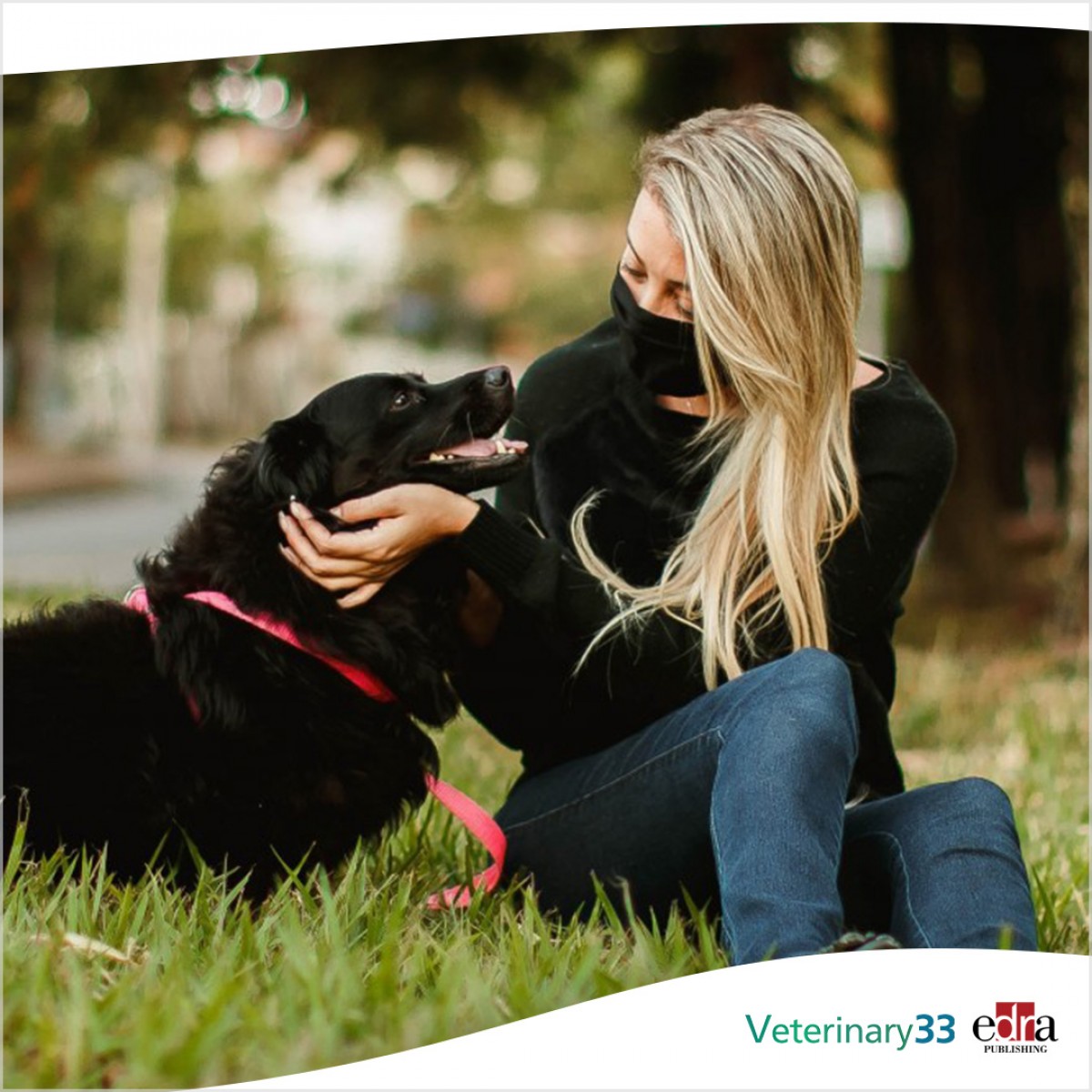
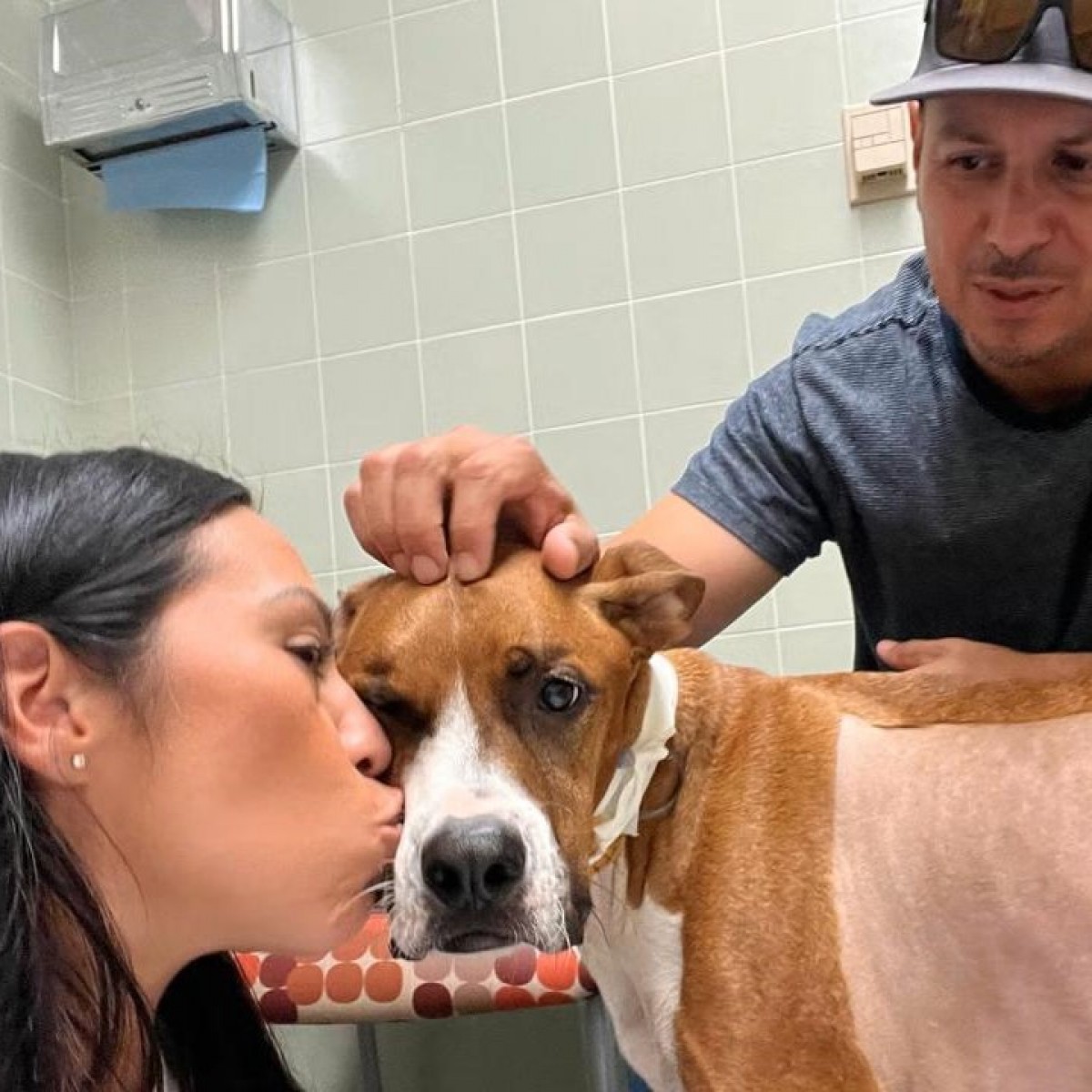





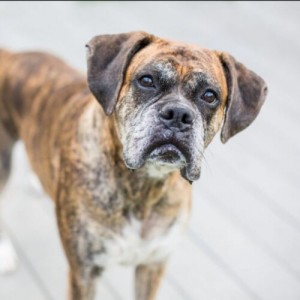
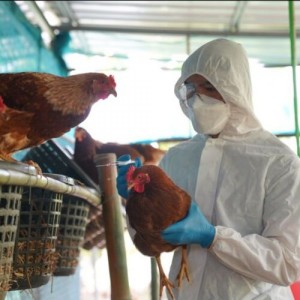
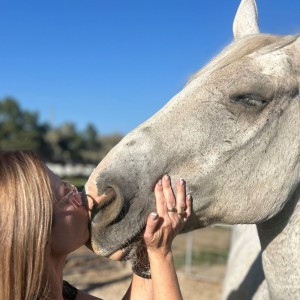
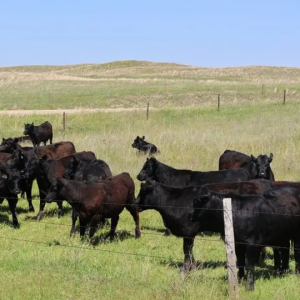

List
Add
Please enter a comment